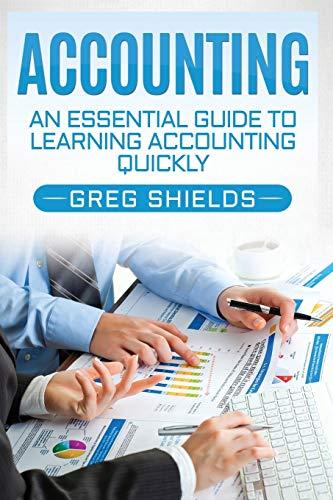Question
CT21.6 (LO 2) Ethics (Change in Estimate) Mike Crane is an audit senior of a large public accounting firm who has just been assigned to
CT21.6 (LO 2) Ethics (Change in Estimate) Mike Crane is an audit senior of a large public accounting firm who has just been assigned to the Frost Corporation's annual audit engagement. Frost has been a client of Crane's firm for many years. Frost is a fast-growing business in the commercial construction industry. In reviewing the fixed asset ledger, Crane discovered a series of unusual accounting changes, in which the useful lives of assets, depreciated using the straight-line method, were substantially lowered near the midpoint of the original estimate. For example, the useful life of one dump truck was changed from 10 to 6 years during its fifth year of service. Upon further investigation, Mike was told by Kevin James, Frost's accounting manager, "I don't really see your problem. After all, it's perfectly legal to change an accounting estimate. Besides, our CEO likes to see big earnings!"
Answer the following questions. What are the ethical issues concerning Frost's practice of changing the useful lives of fixed assets? Who could be harmed by Frost's unusual accounting changes? What should Crane do in this situation?
FASB Codification References FASB ASC 250-10-05-1. [Predecessor literature: "Accounting Changes and Error Corrections," Statement of Financial Accounting Standards No. 154 (Stamford, Conn.: FASB, 2005).] FASB ASC 250-10-05-2. Predecessor literature: "Accounting Changes and Error Corrections," Statement of Financial Accounting Standards No. 154 (Stamford, Conn.: FASB, 2005).] FASB ASC 250-10-50-1. Predecessor literature: "Accounting Changes and Error Corrections," Statement of Financial Accounting Standards No. 154 (Stamford, Conn.: FASB, 2005), par. 17.] FASB ASC 250-10-50-1. [Predecessor literature: "Accounting Changes and Error Corrections," Statement of Financial Accounting Standards No. 154 (Stamford, Conn.: FASB, 2005), par. B19.] FASB ASC 250-10-45-6. Predecessor literature: "Accounting Changes and Error Corrections," Statement of Financial Accounting Standards No. 154 (Stamford, Conn.: FASB, 2005), paras. 8- 11.] FASB ASC 250-10-50-1. [Predecessor literature: "Accounting Changes and Error Corrections," Statement of Financial Accounting Standards No. 154 (Stamford, Conn.: FASB, 2005), par. 17.] [Z] FASB ASC 250-10-45-18. [Predecessor literature: "Accounting Changes and Error Corrections," Statement of Financial Accounting Standards No. 154 (Stamford, Conn.: FASB, 2005), par. 20.] [8] FASB ASC 250-10-45-24. [Predecessor literature: "Prior Period
Step by Step Solution
There are 3 Steps involved in it
Step: 1

Get Instant Access to Expert-Tailored Solutions
See step-by-step solutions with expert insights and AI powered tools for academic success
Step: 2

Step: 3

Ace Your Homework with AI
Get the answers you need in no time with our AI-driven, step-by-step assistance
Get Started


